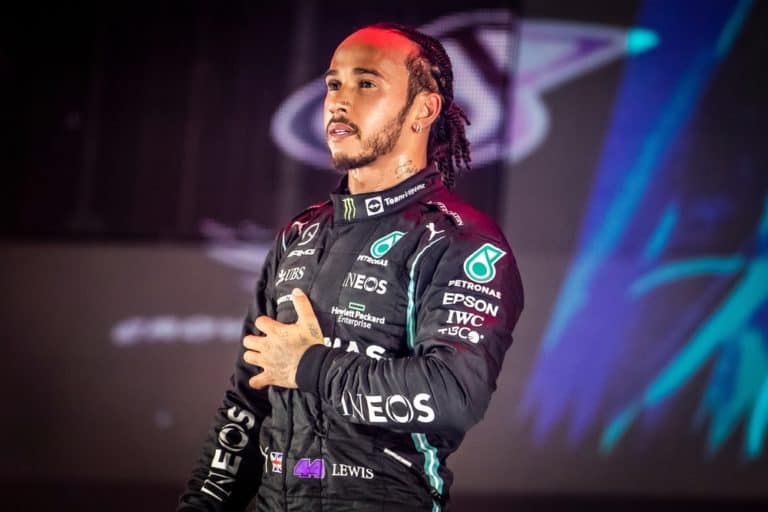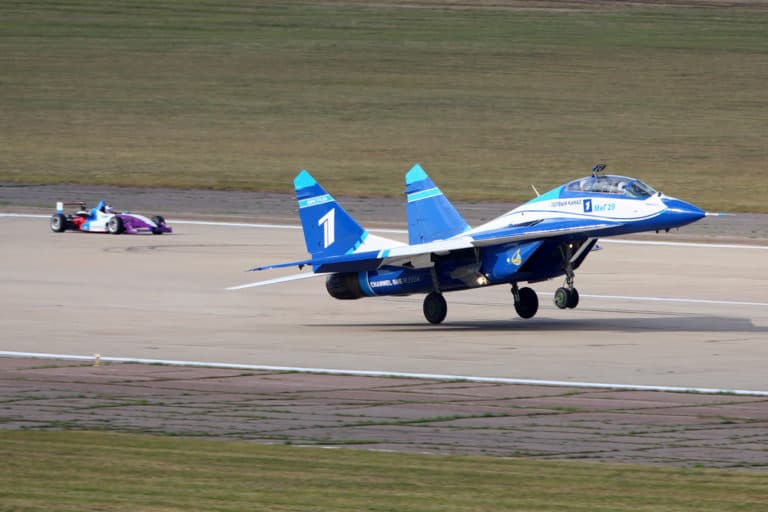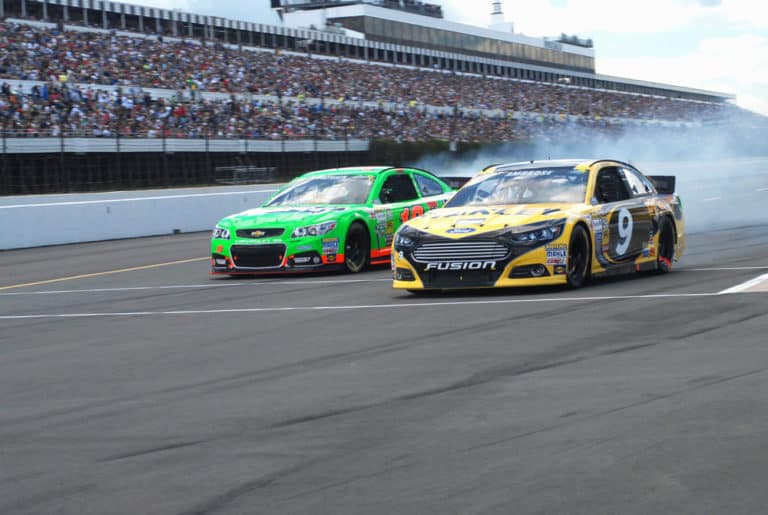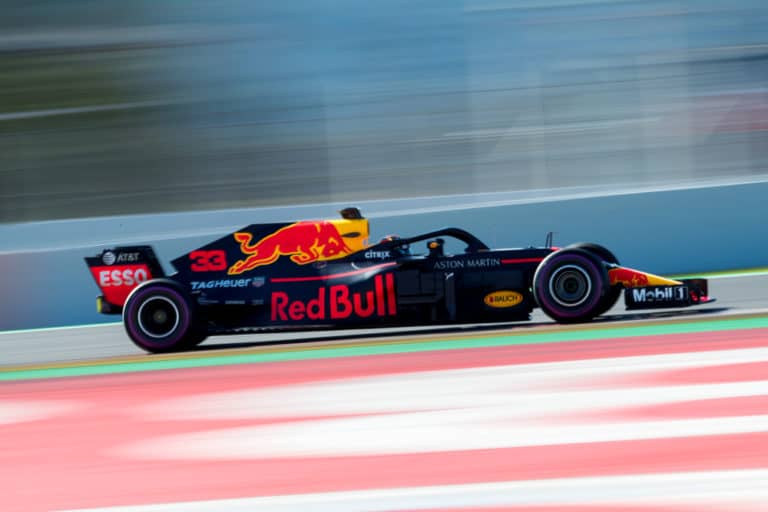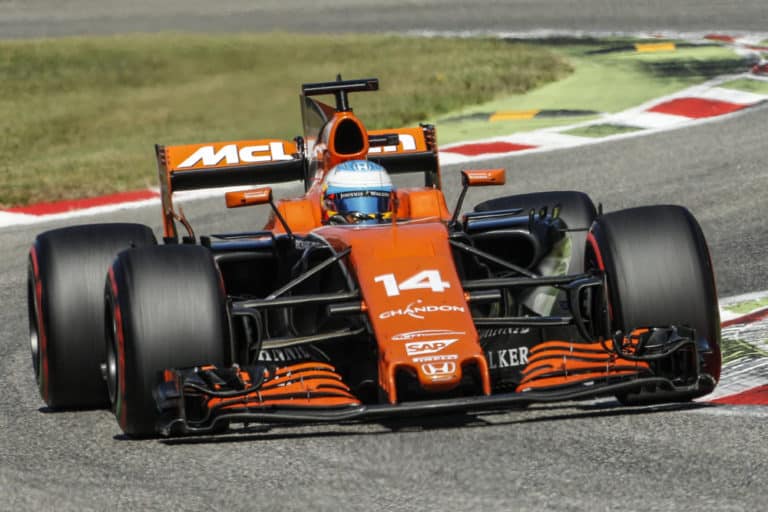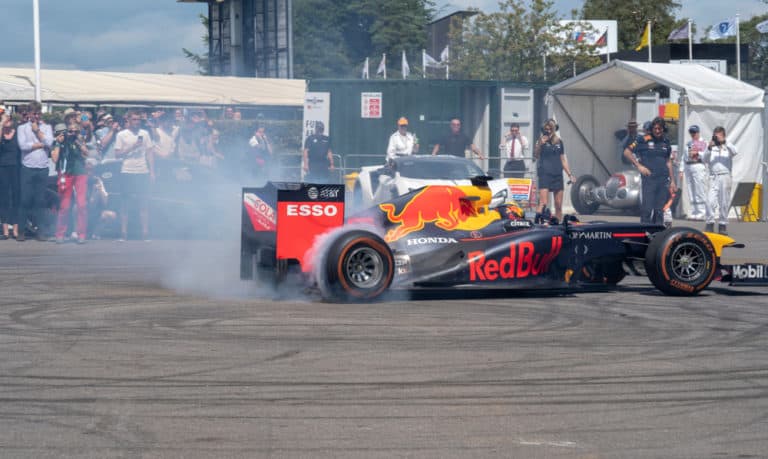It is said that F2 is the prelude to F1 since its objective is to discover and prepare young talents to make the leap to the highest motorsport category, but do all F1 drivers come from F2?
From the current F1 grid, 11 of the 20 drivers have participated in F2, of which 5 have won it. F2 is recommended to be an F1 driver, but it is not the only one, as numerous prestigious competitions can also lead you to F1, such as the F3 or Formula Renault.
In today’s article, we will see how current drivers came to F1 and the different categories to get there, so keep reading!
If you’re looking for some F1 merchandise, check out the awesome stuff at the official F1 store here.
Which F1 Drivers Come From F2?
From the current grid, 11 of the 20 drivers have participated in F2. These drivers are: Lewis Hamilton, Sergio Perez, Lando Norris, Charles Leclerc, Pierre Gasly, Yuki Tsunoda, Mick Schumacher, Nikita Mazepin, George Russell, Nicholas Latifi and Antonio Giovinazzi.
From these drivers, the ones who won it are Hamilton, Perez, Gasly, Leclerc, Russell, and Schumacher. Since its creation in 2005, 12 of the 16 winners have competed in F1, so we can conclude that winning F2 gives you a lot of chances to make the leap to F1.
There are also many drivers who, despite not winning F2, make the leap to F1 due to its great exposure. The objective of F2 is to show all your talent to be signed by an F1 team.
Is It Necessary To Race In F2 To Be An F1 Driver?
Although it is a recommended category that prepares you to be an F1 driver, it is not necessary, as many drivers of the grid have not raced in it and have succeeded in F1. Here is a list of drivers who did not compete in F2 and the category in which they raced before F1:
- Valtteri Bottas: jumped from the GP3 Series to Williams F1 reserve driver in 2012, becoming an official driver for 2013.
- Max Verstappen: went from European F3 directly to F1 in 2015 by Toro Rosso.
- Daniel Ricciardo: made the leap to F1 from the Formula Renault 3.5 Series.
- Carlos Sainz: before becoming an F1 driver for Toro Rosso, he raced in the Formula Renault 3.5 Series.
- Fernando Alonso: there was no F2 as such in those days. Before making the leap to F1 in 2001 with Minardi, he competed in the International Formula 3000.
- Esteban Ocon: prior to F1 he competed in the GP3 Series and DTM.
- Sebastian Vettel: competed in the Formula Renault 3.5 Series before his F1 debut.
- Lance Stroll: jumped from European F3 directly to F1.
- Kimi Räikkönen: there was no F2 as such in those days. Before making his F1 debut in 2001, he raced in Formula Renault UK and Formula Renault 2000 Eurocup.
What Is The Road To F1?
As we have said before, there are numerous equally valid competitions to get to F1, and there is no fixed path. Here are some of the most relevant single-seater competitions to leap F1, from the lowest to the highest:
Kart Racing
Karting is motorsport in its purest form, where everything begins. All drivers started with karting. It is where drivers develop their skills and learn to compete from as young as 5 years old. There are national, European, and international championships.
Formula 4
This is the first competition with “real cars.” There are many F4 competitions, but the most prestigious are the English, Italian, German, Spanish and French. The F4 engines have a capacity of 1.6 L and a maximum power of 180 HP.
Categories between Formula 4 and Formula 2
Between F4 and F2, there are a few equally valid and relevant categories full of talented drivers, and it is expected that some current F1 drivers have competed in one or the other.
- Euroformula Open: This category is similar to the F3 or GP3 but has the philosophy of keeping the rules simple while having great exposure. Their cars have a 2.0-liter engine currently supplied by HWA and a 320 Dallara chassis.
- Formula 3: This category shares the paddock with F1, so they are much more in touch. It is a very competitive championship, and it is considered the first big step of a driver towards F1. Succeeding in F3 means having a good chance of competing in F2 or being a test driver (or official) for an F1 team.
F3 cars run a natural aspirated 3.4L Mecachrome V6 engine which delivers 380 HP at 8,000rpm, has a top speed of 300 km/h, and a chassis designed by Dallara.
In 2014, 79’2 of Formula 1 drivers competed in the European Formula 3 throughout their careers. The GP3 Series and the European Formula 3 merged in 2018, becoming the FIA Formula 3 Championship for 2019 and thus simplifying the road to F1.
- Formula Renault: It has two separate championships, the Formula Renault 2.0 L, an intermediate step between F4 and F3, and the Formula Renault 3.5 L, which is equivalent to Formula 2.
Formula Renault weighs 565 kg with driver included and has a power of 195 HP (Renault 2.0) and 480 HP (Renault 3.5). It doesn’t have as much exposure as F2, but F1 drivers like Carlos Sainz, Nicholas Latifi, and Pierre Gasly have raced in it.

Formula 2
The last step before F1. F2 is a very prestigious competition, and it has a lot of media exposure. The level of competition is very high, so it usually takes a couple of years to get it right. If you race in F2 and do it well, you have a lot of ballots to be signed by an F1 team. F2 cars run a V6 – 3.4-liter single turbocharged Mecachrome engine rated to 620 HP at 8,750 rpm and weigh 755 kg with a driver onboard.
Conclusion
F2 is an excellent category to become an F1 driver due to its exposure and closeness to F1 teams. However, it is not the only way to reach F1. As we have seen, many drivers have jumped directly from F3 or other competitions such as Formula Renault, which are also quite competitive and reveal many young talents.
There is no one correct way to get to F1. As long as you have the necessary talent and resources, you can become an F1 driver from different paths.

